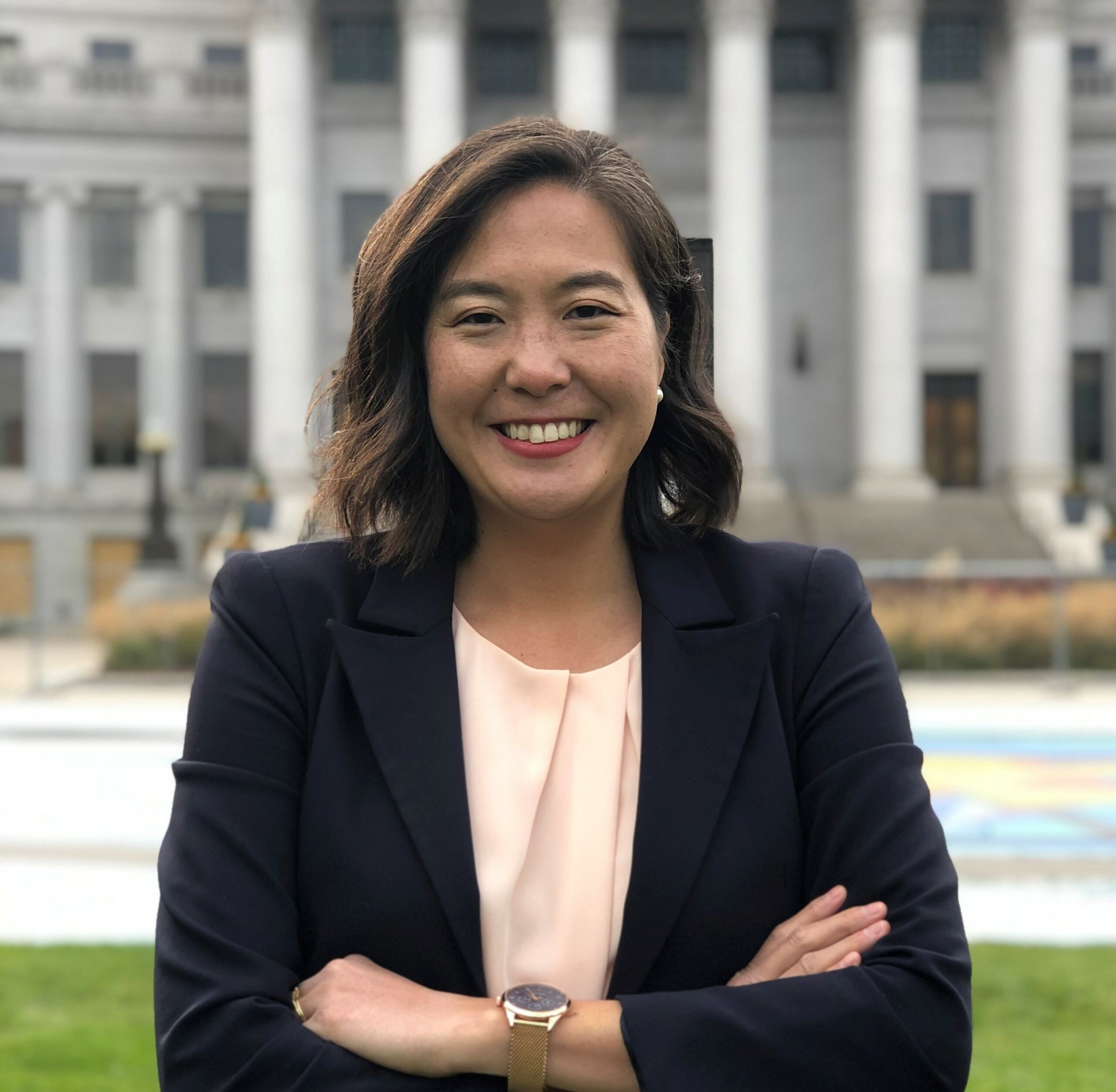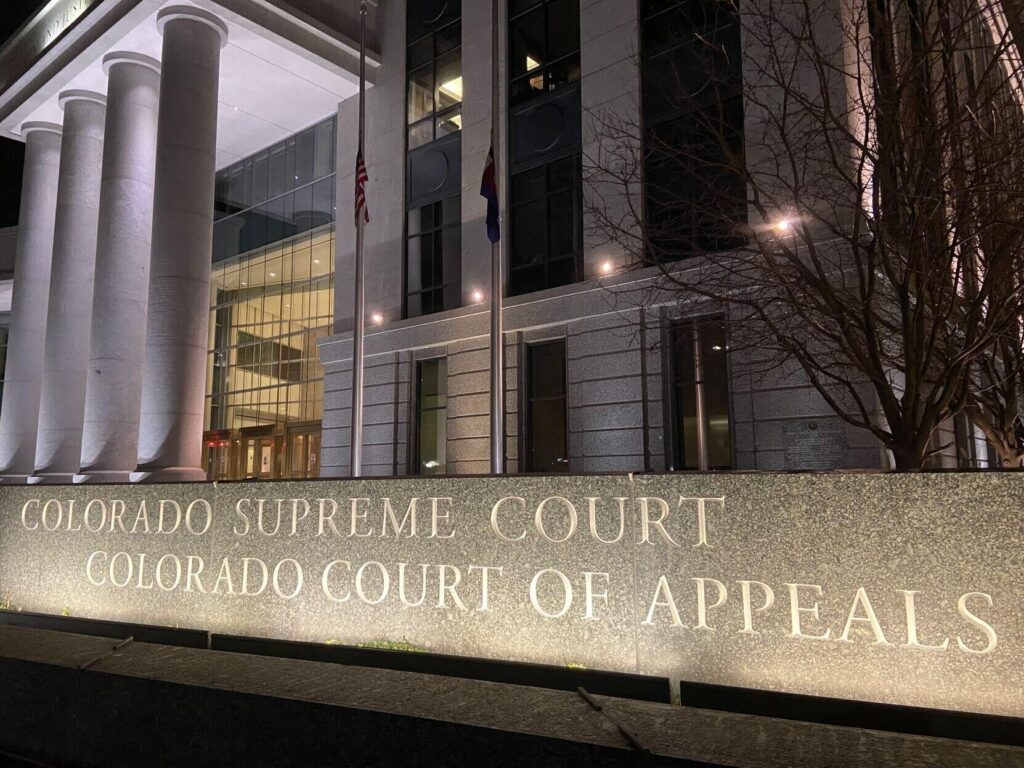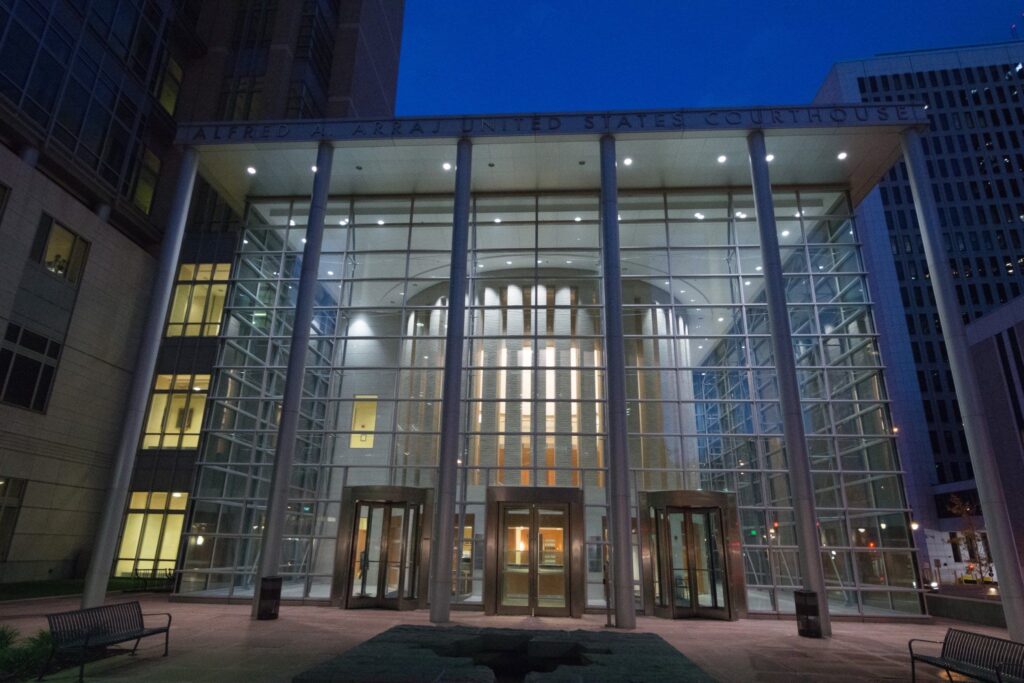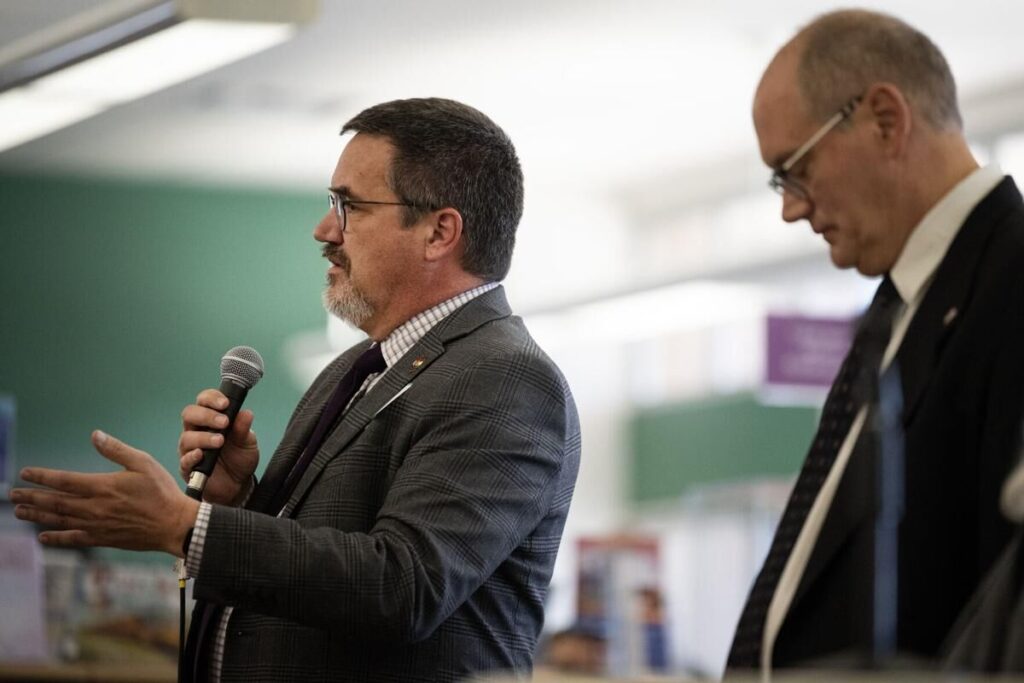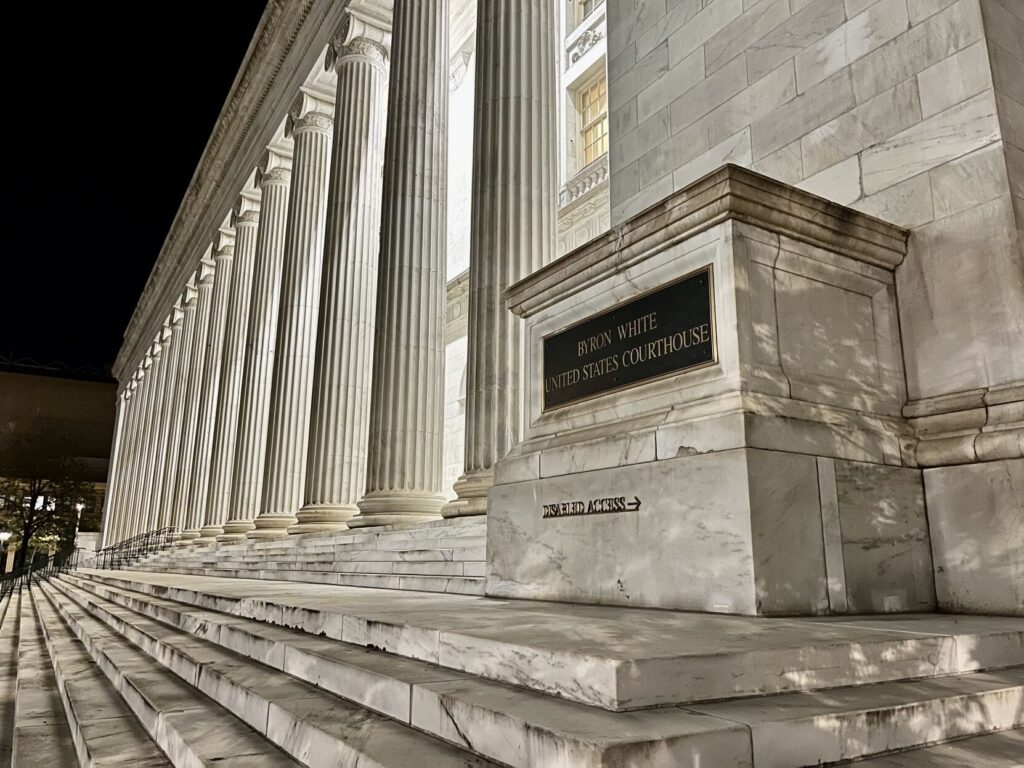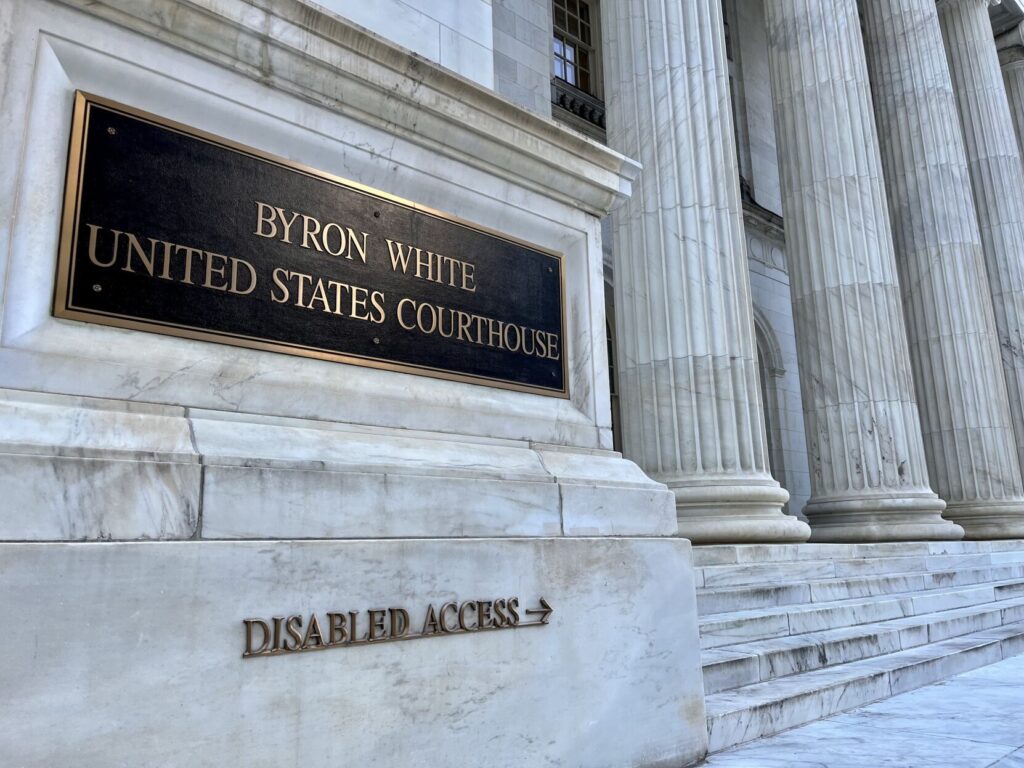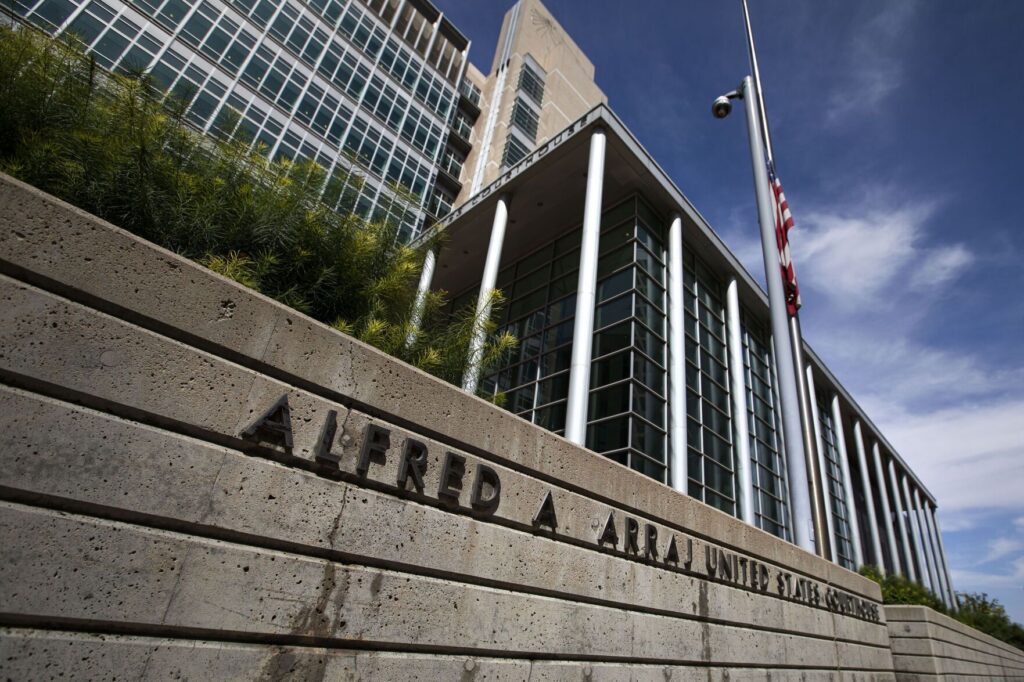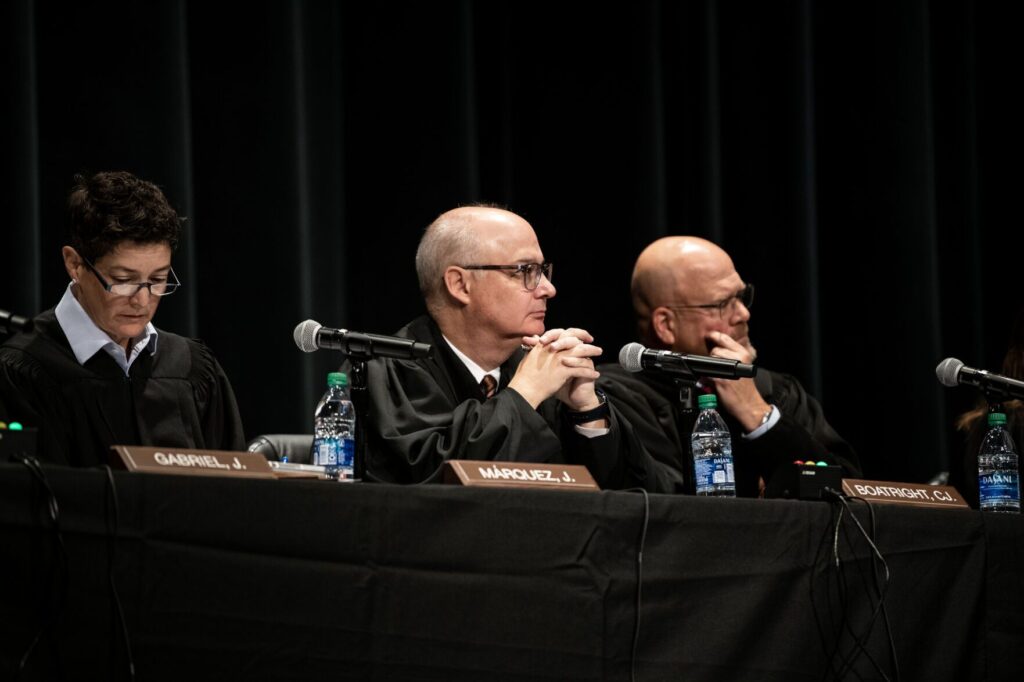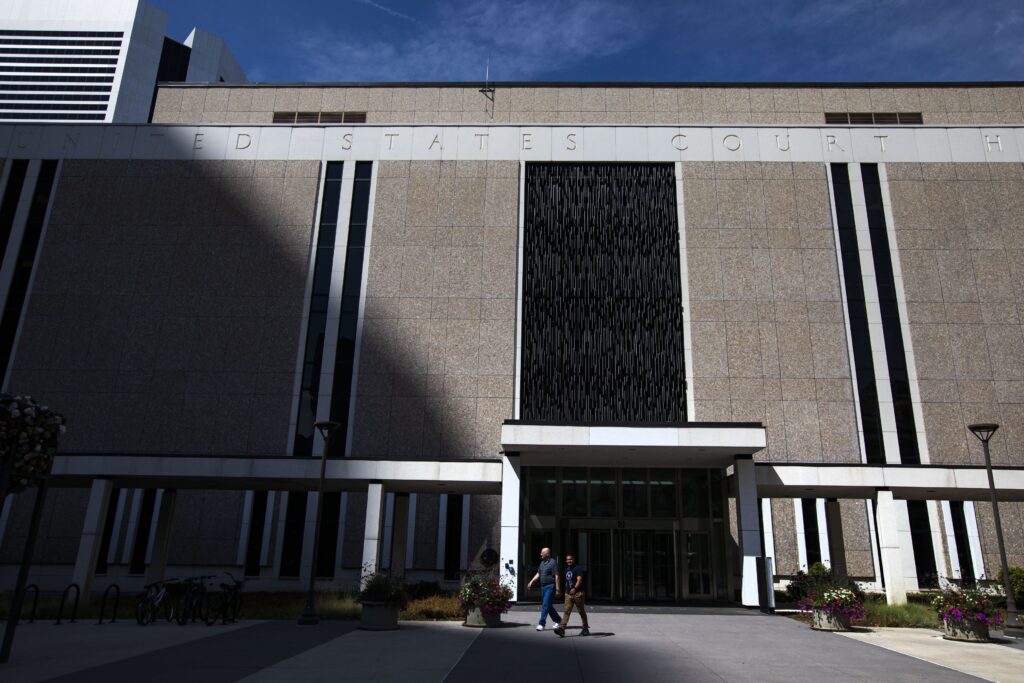Q&A with Sumi Lee | Steering Colorado’s judicial branch toward more diversity on the bench
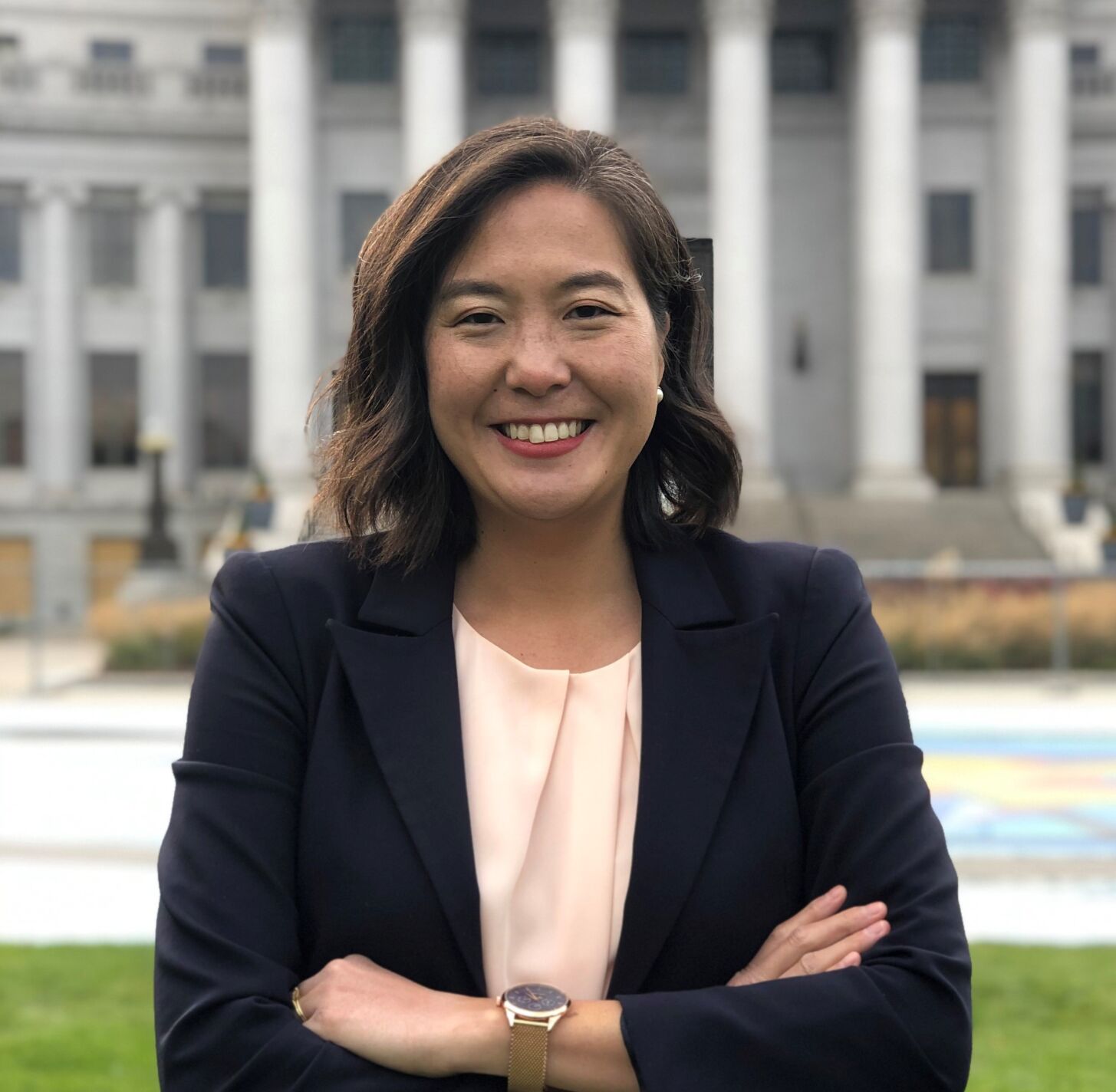
Four years ago, Colorado’s legislature gave the green light for the state’s Judicial Department to hire someone to helm the Judicial Diversity Outreach program, with an eye toward increasing the population of judges who come from historically-underrepresented communities.
The department chose Sumi Lee, an attorney in Colorado since 2011 who has worked both in Denver courts and the private sector. Now, she oversees multiple efforts to coach and educate prospective judges, and tracks the increased diversity of judges appointed in the state.
Justice Monica M. Márquez gave Lee’s efforts a shout-out during her 2021 testimony to a U.S. House of Representatives subcommittee.
“To our knowledge, Colorado is the first state in the nation to have a position of this kind within its Judicial Department,” Márquez said. “With her work, we aim to demystify the application and nomination process, and make it more transparent and accessible to all potential applicants.”
FAST FACTS:
- Sumi Lee graduated from New York Law School, then moved to Colorado to work in Denver Probate Court and for multiple financial institutions.
- In 2020, she became head of the Judicial Diversity Outreach program, whose mission is to increase the population of diverse judges and “fill the pipeline” by engaging with law students.
- Lee has also helped launch an initiative focused on the legal community in rural areas of Colorado.
Colorado Politics: Prior to joining the judicial branch in Colorado, what was your professional history as a lawyer?
Sumi Lee: My first job out of law school was working as a law clerk at the Denver Probate Court. During this time, I also had the opportunity to work as a self-represented litigant coordinator when the Self-Help Center program began in the Colorado courts in 2013. Starting my legal career in the Colorado courts was the best experience I could have had as a new lawyer. What I learned from being in the courtroom and working with pro se (self-represented) parties still influences me to this day.
I then built on my interest in the trust and estate field by working as a trust officer at Bank of the West and U.S. Bank for 5.5 years. During this time, I had the opportunity to participate in programs such as Leadership Denver and to serve as the president of the Asian Pacific American Bar Association of Colorado (APABA).
CP: In 2019, the legislature authorized a position “responsible for education and outreach regarding judicial office vacancies.” Why did that job appeal to you and how did you view your mission once you got the position?
SL: This job appealed to me because judicial diversity was something I was already working on throughout my career. I served as the chair of the judicial endorsements committee of APABA and during my presidency, I created a coalition of diversity bar associations to meet with the governor’s office about the judicial selection process.
Applying to be a judge can be an overwhelming and daunting process, and I want the program to help people with the process as early as possible. The Judicial Diversity Outreach program provides resources to diverse attorneys to get coaching support in the application process. And even though law students may not be ready to apply to the bench yet, I want them to start learning about what judges do and get hands-on experience working at the courts during law school and early in their career.
For the last three years, one of the guiding principles for me has been to begin building from the resources we already have at Judicial. Many of our judges already mentor and coach judicial applicants. The courts are already providing learning opportunities for law students through internship and externship programs. We already have courthouses in all parts of the state. The programs that I have piloted in the last three years are designed to enhance these resources.
CP: The most recent statistics show that since you’ve been working on improving diversity within the judicial branch, there has been an increase in the percentage of Black judges and slight increases in Asian, Hispanic and multiracial judges. Women also exceed 40% of judges. How would you interpret those changes and to what degree are you responsible for them?
SL: I want to start out by acknowledging the foundational work that the Colorado legal community has done in order to build a program like this. Countless numbers of attorneys and judges have been giving of their time and building the pipeline for decades either through the Center for Legal Inclusiveness’ Dream Team program, diversity bar associations and more. I particularly want to credit Judge Gary Jackson, Justice Monica Márquez, and Rep. Leslie Herod for being the visionaries behind the creation of the Judicial Diversity Outreach program.
Moving the needle does not happen overnight, or even in one, two or three years. But it does take a bold vision to create a full-time position dedicated to judicial diversity within the judicial branch in order to create lasting change. What I have been able to do is to keep the momentum going and expand the reach. A key part of my job is to keep having the conversation about the importance of judicial diversity in the community.
CP: The proportion of Hispanic judges, in particular, is lagging: they are under 10% of the judiciary, while 22% of Coloradans identify as Hispanic. How big of a concern is this to you?
SL: This is a big concern to me. From my study of the statewide data, in order to achieve demographic representation of Hispanic and Latino judges in Colorado, we need a combination of: increasing the number of Hispanic/Latino judicial applicants, increasing the number of Hispanic/Latino law students and attorneys, and addressing the issue of legal deserts. We have judges and attorneys that are leading the Colorado Hispanic Bar Association’s Judicial Task Force to encourage Hispanic and Latino attorneys to apply for the bench, and I work closely with them in building the pipeline.
Our local law schools are reporting an increase in the number of diverse students entering their law schools, with 30-34% students in the first-year law school class being students of color. Compare this to about 16% of Colorado’s attorneys and judges of color that we currently have. We as a legal community have a collective responsibility to engage and mentor these students so that they can find long-term success in the legal profession.
Colorado counties with greater than a 33% Hispanic and Latino population are also the regions that face critical issues in succession planning for its aging attorney population. The Greater Colorado Law Student Experience program focuses on exposing today’s law students to the practice of law in rural communities. Not only will efforts like this create a strong judicial pipeline, but having more attorneys in rural areas increases access to justice in all parts of Colorado.
CP: Stepping back, can you explain why it’s important to monitor the diversity of the judicial branch and implement initiatives to increase racial and gender diversity among judges?
SL: Judicial diversity is important because our courts’ mission is to provide a fair and impartial system of justice for the public. Who is represented on the bench, the professional and lived experiences the judges bring, and how they treat those who appear before them all affect the public’s perception of what “fair and impartial” means and their confidence in the rule of law.
Justice Monica Márquez said it so eloquently during her congressional testimony on judicial diversity: “For litigants, coming to court is a very stressful experience because so much is at stake. Property, livelihoods, reputations, family relationships, or even life and liberty can be on the line. A litigant who has confidence that the judge deciding her case has some sense of her life experience eases some of that stress and enhances her trust that the decision rendered will be fair – even if the judge ultimately rules against her.”
Of the three branches of government, people have the most direct contact with the judicial branch. Without concerted efforts, we may find ourselves back to where we were in 2018 when we had one Black district court judge in the entire state.
CP: From what you hear, what are the biggest reasons lawyers cite for not wanting to become judges?
SL: What surprised me the most from talking to judges around the state is that most of them did not initially plan on becoming a judge. It was not until a colleague or a judge saw potential and encouraged them to apply. Especially for attorneys from underrepresented communities, imposter syndrome plays a role in delaying or discouraging someone from applying. A story that sticks with me is a diverse, female judge who told me that she filled out the judicial application, but that she put it in her desk drawer and did not have the courage to apply until five years later.
The programs we have underway now, such as the Dream Team 2.0 Judicial Coaching program, are designed to give diverse attorneys an opportunity to thoroughly examine why they want to become a judge and how. At the end of the day, being a judge is an important and often difficult job. We want each judicial applicant to apply not for the prestige of the black robe but because they want to serve the public and understand the impact they have as a judge.
CP: The Biden administration has emphasized appointing judges of diverse professional backgrounds – public defenders, civil rights attorneys – and not the traditional candidates of prosecutors or corporate litigators. Is it time to start tracking that aspect of diversity in Colorado, too?
SL: Diversity of professional backgrounds on the bench is also important to promoting public confidence in the rule of law and creating a judicial culture that values the rich array of life experiences and professional backgrounds that judges bring. We are looking to grow the Judicial Diversity Outreach program so that we can collect and analyze additional data points.
CP: Do you want to be a judge?
SL: I do not have plans to become a judge but thank you for asking!
